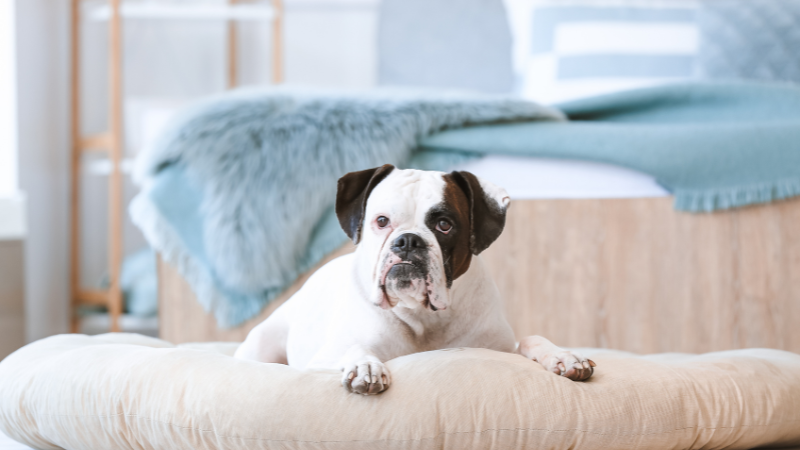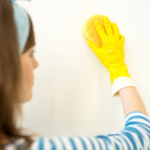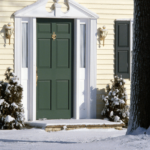Your internal doors are some of the most important items in your property. Not only do they serve an important function, but they also contribute hugely to your home’s décor. But this latter effect is undermined significantly when your dog gets distressed and scratches at the door.
But what are we to do about this problem? Let’s look at the behaviour, starting at the root.
Why Do Dogs Scratch Doors?
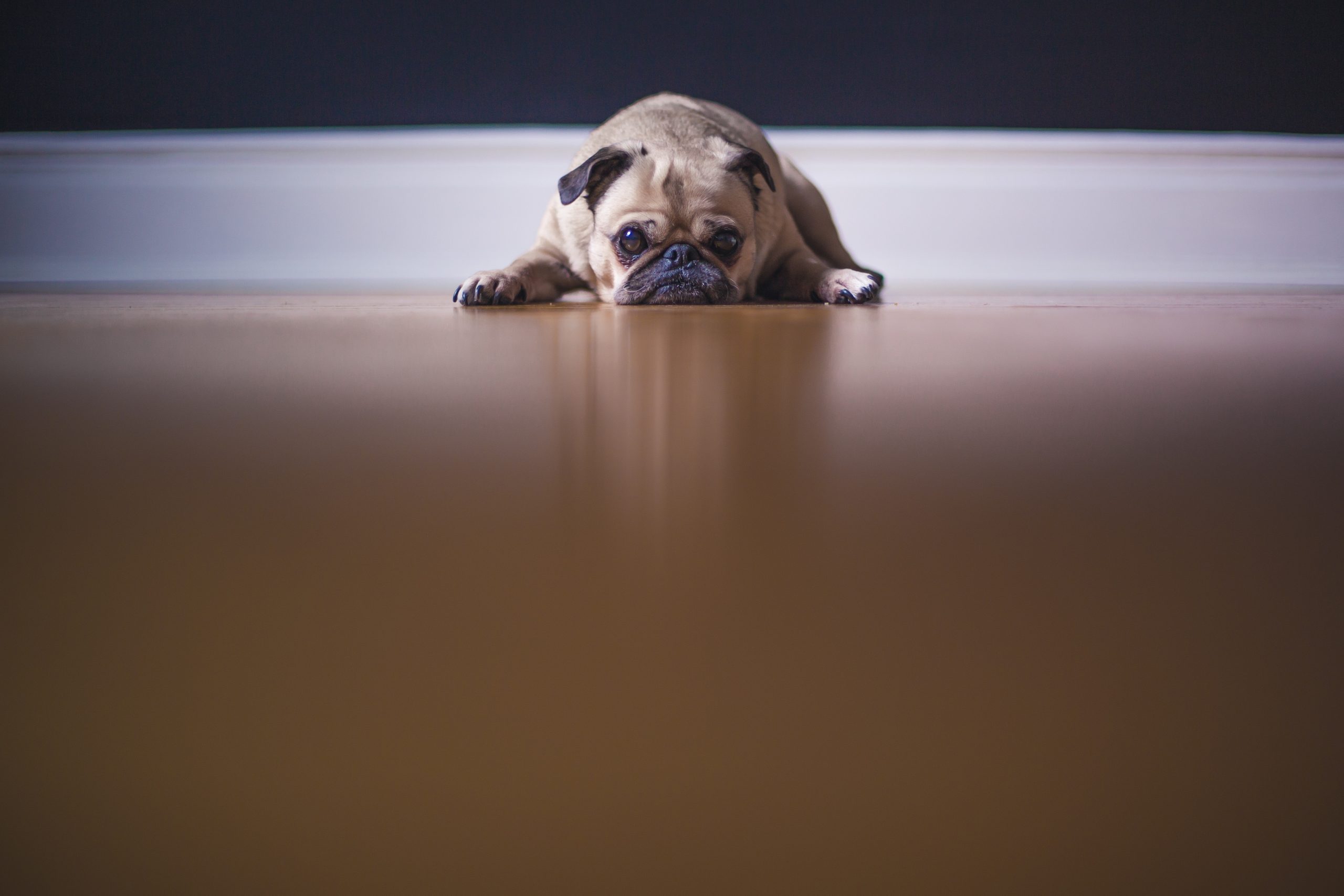
Photo by Matthew Henry on Unsplash
In order to prevent a dog scratching your door at night-time, or when you’re out of the house, we need to understand why they’re doing it. Door-scratching is a symptom of a range of behavioural problems, but the most common culprit is something called separation anxiety.
Separation anxiety occurs when a dog is split up from their owner and worries that they’ll never be reunited. To prevent this, they’ll try to break down any obstacle in their way – including a door.
How do I Stop My Dog Scratching the Door?
The bad news is that there’s no quick fix for dogs who suffer from separation anxiety. What’s more, there are several competing schools of thought concerning how to fix the problem. They all share a few common features, however: you should look to reward good behaviour (like calmness when you’re out of the house). Punishing bad behaviour will usually backfire, as the prospect of punishment often increases anxiety – after all, the dog might not understand why it is that they’re being punished. Positive reinforcement is thus the best way to train a dog not to scratch the door. It’s important to be calm and caring in the way you treat this problem, as it shows that the dog is distressed and needs emotional support.
Getting a dog accustomed to your absence requires considerate incremental conditioning. You’re going to leave the room for a little while (but not so long that your dog begins to get anxious). Then you’re going to provide them with a small treat for remaining calm. Over time, you can increase the length of your absence until they’re able to get through the night without you being there. For best results, the time you spend away should fluctuate slightly – to make it less easy for your dog to predict that you’re always going to be gone for longer than the last time.
If your dog literally jumps up and starts scratching the moment you leave the room, then you might try wearing them out a bit before you leave. The moments a little after a long walk are usually great opportunities – though you don’t want to do it so often that they associate a return from a walk with a separation.
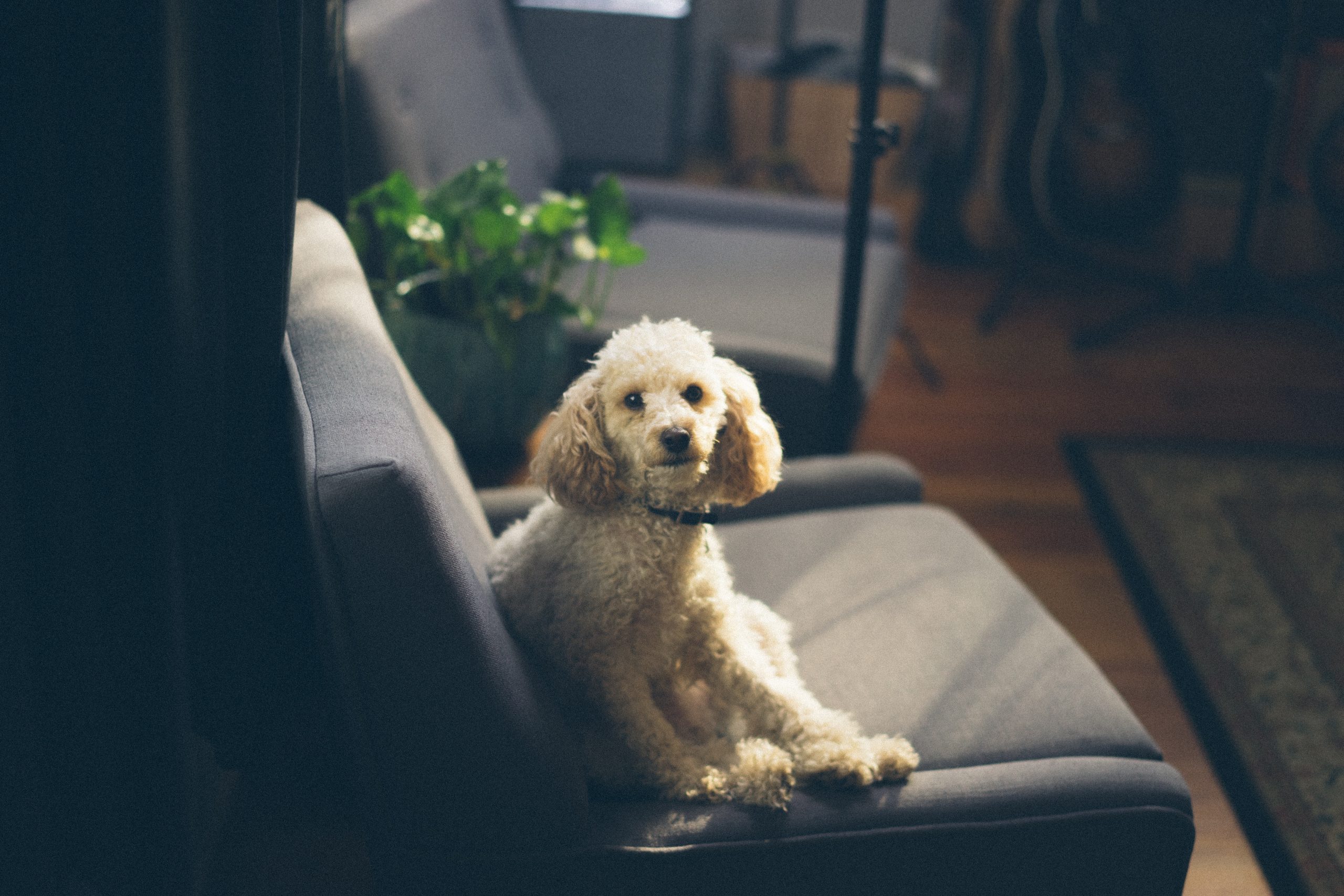
Photo by andrew welch on Unsplash
Should I be affectionate before I leave?
Many dog owners are tempted to over-compensate by being overly affectionate towards their dog before they leave. This, again, often causes more harm than good, as it won’t take long for the dog to figure out what’s about to happen. Moreover, providing your dog with attention might get them excited – and they’ll take this extra energy out on your door. Instead, keep your distance – and never wake your dog up to wish them goodbye.
Should I be affectionate when I get in?
Again, it’s only natural to want to give your dog some fuss and attention when you get back in. This desire can be especially pressing when the dog is pleased to see you! But you don’t want to reward excitability. Wait for your dog to chill out, and then give it some fuss.
How Can I Protect my Doors?
As we’ve mentioned, the problem with altering a dog’s behaviour is that it takes a lot of time and patience. And your door might be getting shredded right now! Thankfully, there exist a few technologies which will limit the damage and give you the time to help your dog feel happier and more secure.
The most obvious of these is a scratch screen, which is basically just a transparent plastic sheet which is designed to fit over your door and act as a dog-scratch door cover. You can buy these ready-made, or you can cut them to size yourself and affix it to the door. Sheets of this type will pick up scratches over time, and thus they’ll need to be occasionally replaced (that is, if you’re concerned about the way the door looks while the screen is in place).
Another similar modification comes in the form of a kick plate. These are often found in commercial kitchens, where a waiter needs to be able to open the door with a foot. It’s basically a large metal sheet which covers the lower portion of the door and protects it from damage. Kick-plates have a larger visual impact on your door, but they’re made of strong stuff!
How to Fix a Dog Scratch in a Door
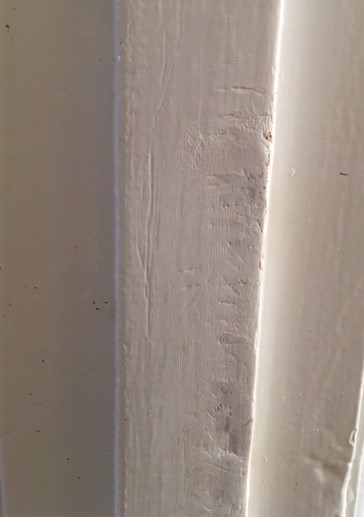
If your doors are already damaged, then don’t despair – there are ways of repairing dog scratches in a door. Let’s look at how to fix dog scratches in a wooden door.
- Before getting started, lay a cloth down beneath the door. This will catch most of the mess you’ll be making.
- We’re going to sand down the scratch marks with coarse sandpaper. This will get rid of any especially knobbly bits. Remove the excess with a damp cloth and allow to fully dry.
- Next, it’s time to apply some wood filler. Match the filler to your door – you can find white filler to fix white doors, and brown filler to fix natural wood stain.
- Apply the filler with a small putty knife. You can pick these up cheaply. Make sure that you fill in the whole gap and leave the filler slightly proud of the door so that you can sand it back level.
- Wait for the filler to dry.
- Do your sanding in two stages: first with coarse sandpaper, and then with the finer stuff.
- Clean the area with a damp cloth.
- Paint or stain to conceal your work.
In Conclusion

Photo by richard N on Unsplash
Door-scratches are something of an occupational hazard for dog owners. But they’re not the end of the world. With plenty of care, patience and the right training methods, even the unruliest dog can be taught not to scratch the door – and any damage they do inflict can often be repaired without much bother. That will leave you with plenty of time to care for your four-legged friend!


